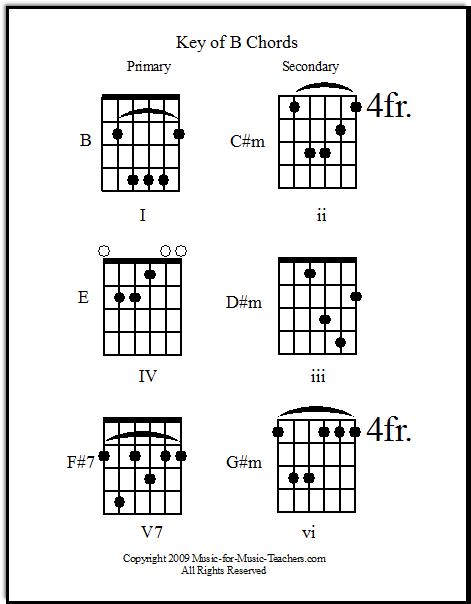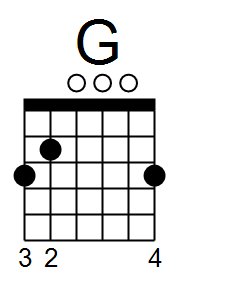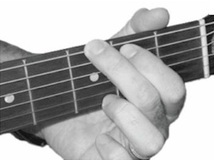
Examples of how the chord changesĬ Capo 2 = D | C Capo 4 = E | C Capo 5 = Fĭ Capo 2 = E | D Capo 3 = F | D Capo 5 = GĮ Capo 1 = F | E Capo 3 = G | E Capo 5 = A See also picture of fretboard with notes |Ĭapo chord chart. You can go further than the sixth fret, but it will soon be very short of room for your fingers. If you place the capo on the third fret and play the Am chord shape, we find out by the chart that the result is a Cm chord.

The numbers on the top indicates on which fret the capo is placed. To the left you see diagrams with chord shapes and next to them the chord names. The chart below is a guide that helps you find the right chord using a capo. The capo is furthermore a great tool for those who want to find new ways in their guitar playing. With the assistance of a capo you can rearrange the barre chords to open chords in new positions – see the chart below. The capo is especially a splendid solution if you find it difficult to play barre chords. This means that you should put the capo around the guitar neck on these frets. Sometimes you see notes like "Capo 3" or "Capo 5".

Attach the capo around the guitar neck on a fret that you choose and the pitch is raised (place the capo over the fretboard as you would do with your index finger playing a barre chord).

After all chords key of g full#
A capo, or capo tasto in full length, is a device used for change the key without changing the tuning.


 0 kommentar(er)
0 kommentar(er)
